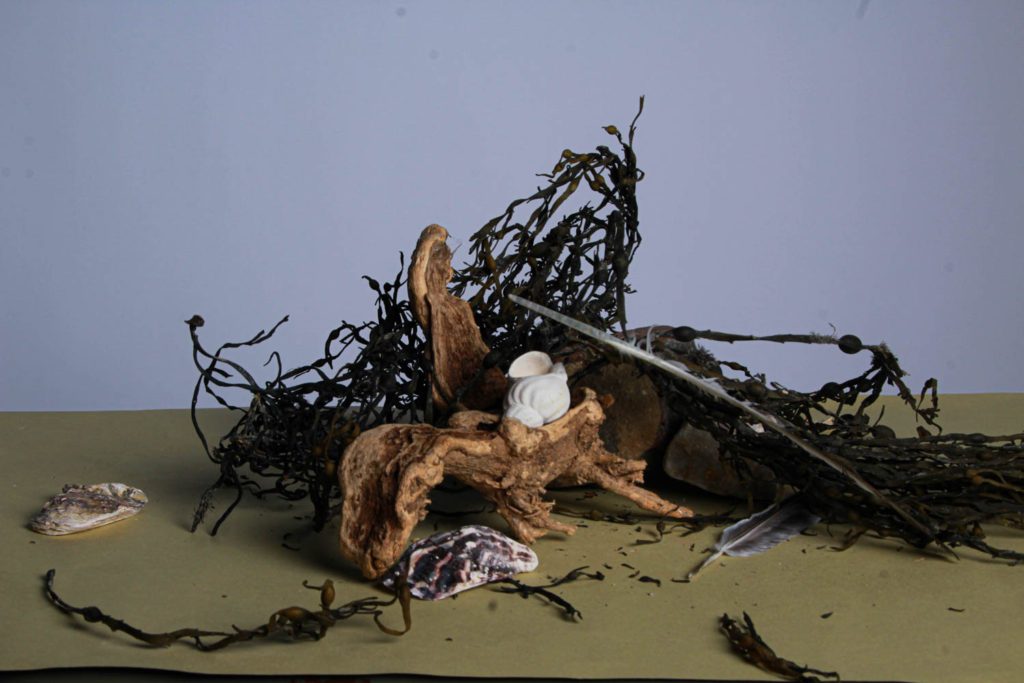
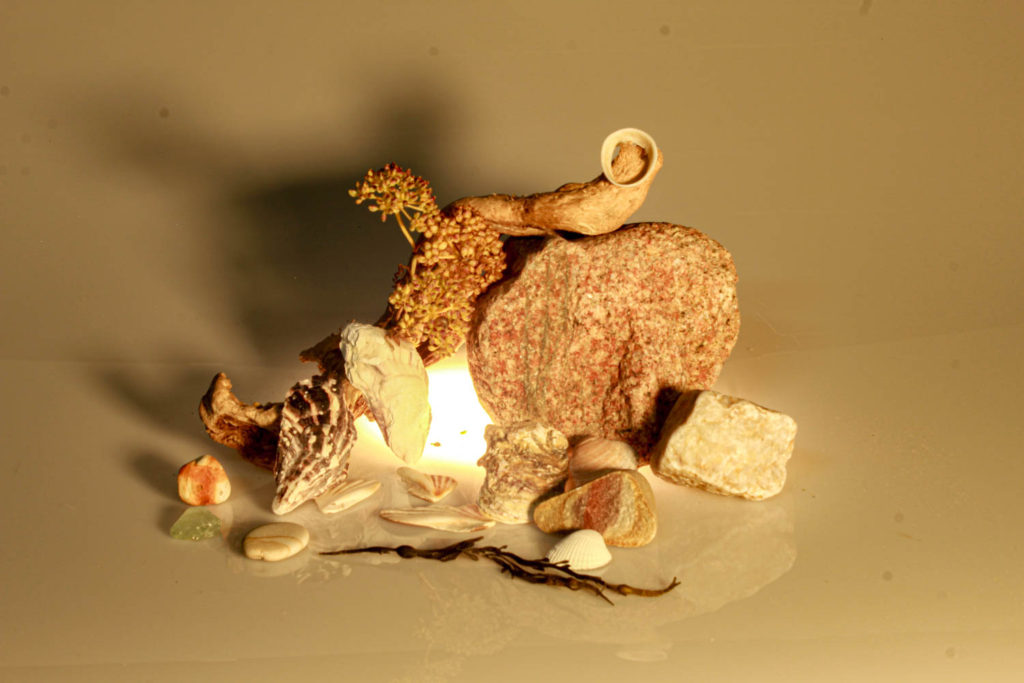

Some of these pictures are edited and some where taken with different aperture and lighting set ups.
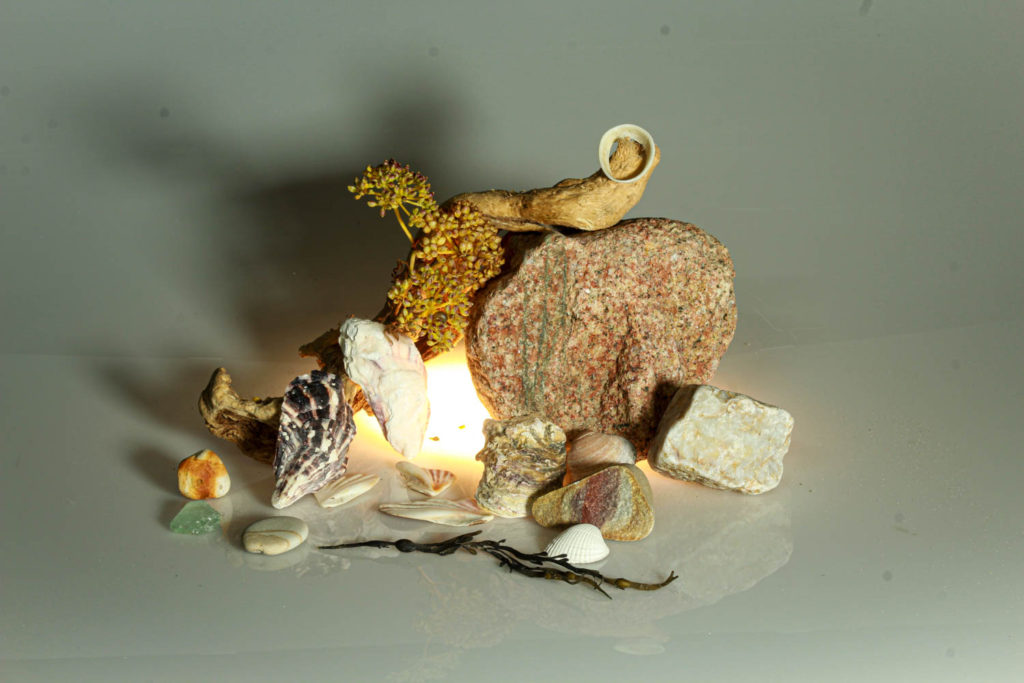
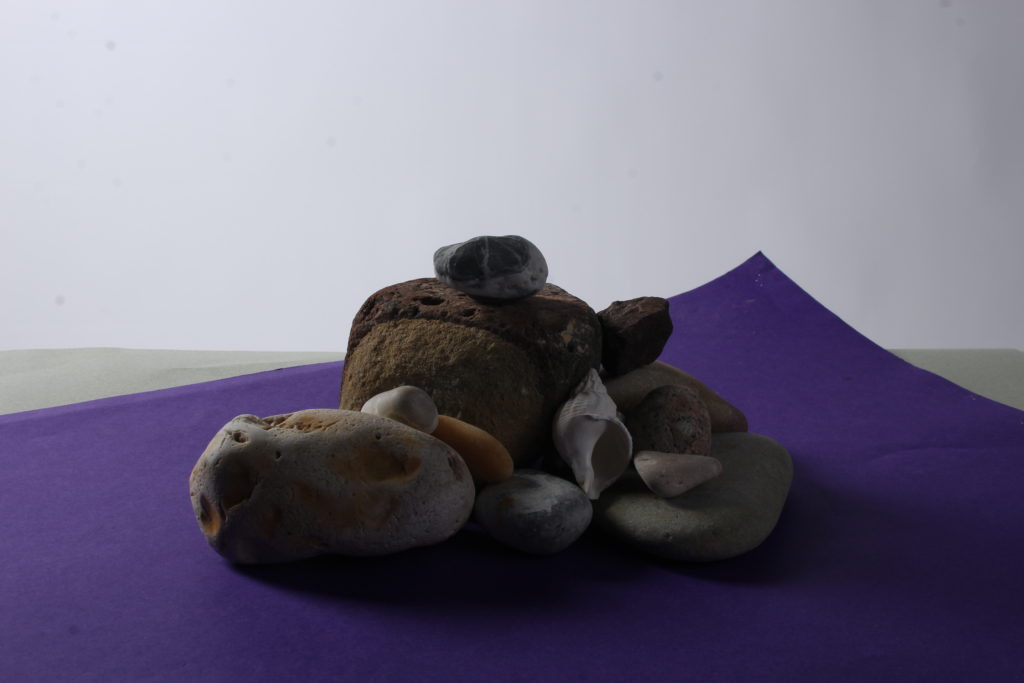


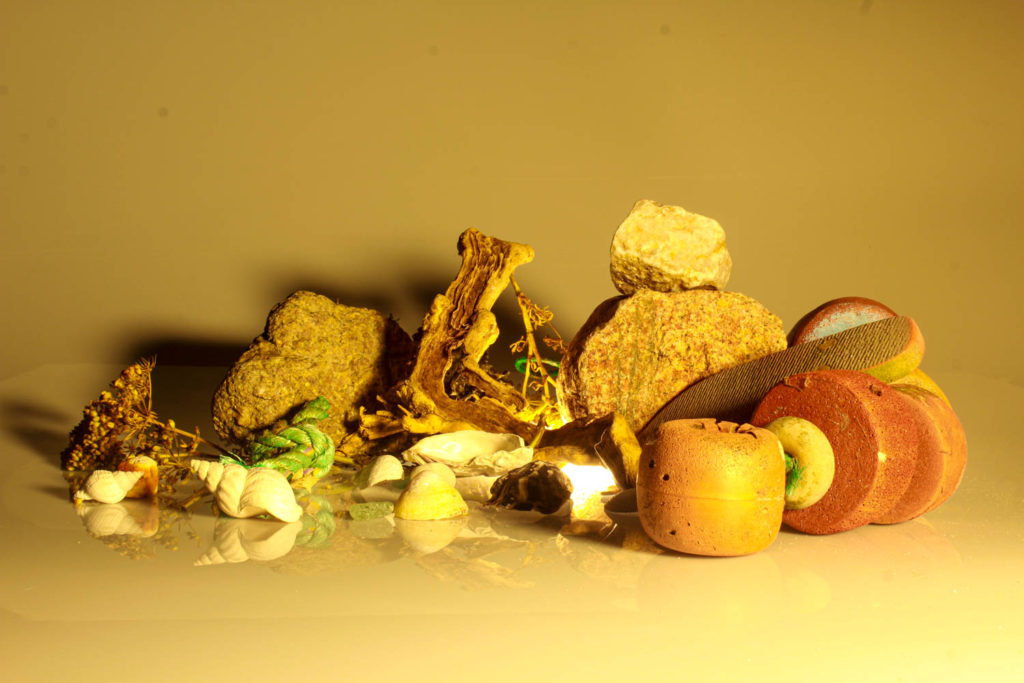


Some of these pictures are edited and some where taken with different aperture and lighting set ups.
Photography is commonly seen as a still photograph, capturing a moment in time, and sometimes edited in a way where they are taken at two different moments in time. Many people see photographs and try to depict the meaning by just the look of it, when they commonly miss interpret the intention or context behind the image. This opens a whole new world of understanding, how it is viewed, and the incredible details you can see in the image after understanding just the context of the image.

This then brings emotion to the photograph, and almost a message or even a paragraph in one image, as it is a way of connecting people thought their own interpretation and the true meaning of the image. This interpretation varies thought everyone, with a common theme of connection to the image with an experience they have once had with their life, people use images unconsciously to bring back an amazing memory. For example, looking at an amazing image of a sunset might bring the person back to a time in their life when they experienced a sun set, and the beauty behind that exact moment in time.
Photography not only allows individual reflection but to remind us the importance of the present moment. Photography is also used in a way to capture the beauty of the life around us, in order to capture moments, which others might not be able to see as a way of showing the good or even bad in things, people, looks etc. Many people have used the equipment of photography to create beautiful pictures with unique settings to capture a special moment. With a more important part of capturing the image is editing the image, which can create a whole new look, meaning and vibrancy of the image.
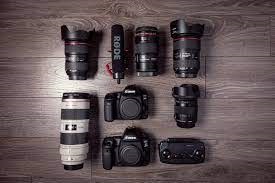
Within photography it isn’t about having the best of the best equipment, it can even be taking a picture with your phone, it will still have a close enough look and meaning you want it to have. Its incredible the amount of picture you see in every-day life without even acknowledging it, yet within each picture is a setting, meaning, and look.
“Photographs confuse as much as fascinate, conceal as much as reveal, distract as much as compel. They are unpredictable communicators”.
This was a quote from David Campany expressing his thoughts on photography. In my opinion I believe he is trying to express how amazing photography really is. He is trying to show people that photography isn’t just good-looking images, rather how incredibly universal they are. In a way that anyone in the world who has eyes that can see, can interpret any image in any way possible, he is probably trying to express the infinite views photographs can be seen from, how there are not limits to photography as how people view them.
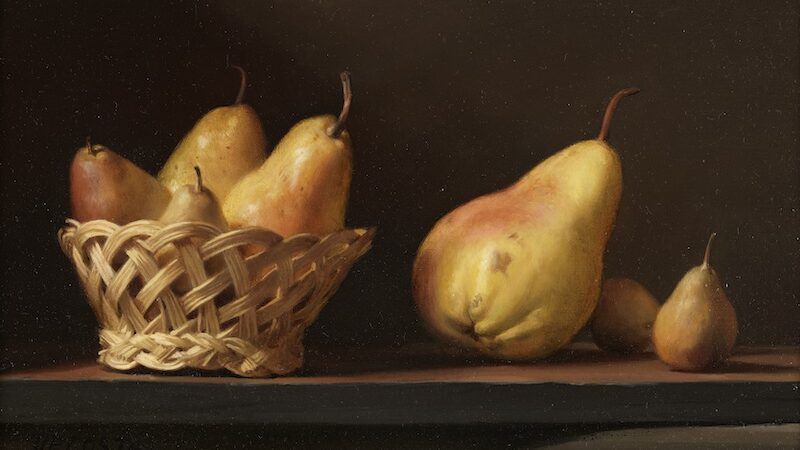


Still life is exactly as it sounds. It is a picture or mainly painting consisting of an arrangement of objects in a specific formation and placement.
Still life originated from the Egyptian and Roman periods around the 15th century growing an independence during the 1600s, but originated in the Netherlands as a genre, mainly consisting of flowers. There are many different meanings for still life, for example in Italian it translates to natura morta, also meaning “dead nature”.
It was used during this time for some to show off your riches, showing off your hierarchical placement, and the unique objects you obtain. Eventually the meaning behind still life grew for artists, with more moral reasonings behind them creating unique looks.

You could see still life was a deep concept, showing the beauty of life, and how it can be placed in any manner possible, showing the uniqueness of forever changing life within each picture and/or painting.

During the post impressionism, famously Van Gogh brought sill life paintings to life, with one of his paintings called “sunflowers”, creating inspiration for other artists to be influenced by and adapt from in their own way.
Vanitas was one genre within still life, which where paintings consisting of dead objects or things. This was to show people in a creative concept about death, and how it should be bought to attention as peoples inevitability.
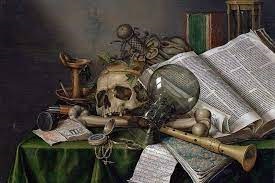
It was look at in a unique way to show people how everything should be taken lightly in life, and how it is destiny for life to end, and is a common occurrence in life. It was also seen as Emptiness, worthlessness, but was still seen in an accepting light.
This links in to the phrase “mememto mori” with the same view of inevitable death and a similar meaning of remembering you must die. With the paintings mainly consisting of skulls, and other dead objects.
Most of these paintings and pictures where seen mainly of symbols and metaphors for life, about life. It gave people a better view and meaning in life, almost a comfort, with the knowing and acceptance of death, whilst also seeing the present beauty of life.

Located at the front of your camera, it allows specific amounts of light into the camera to create a sharper, accurate image.

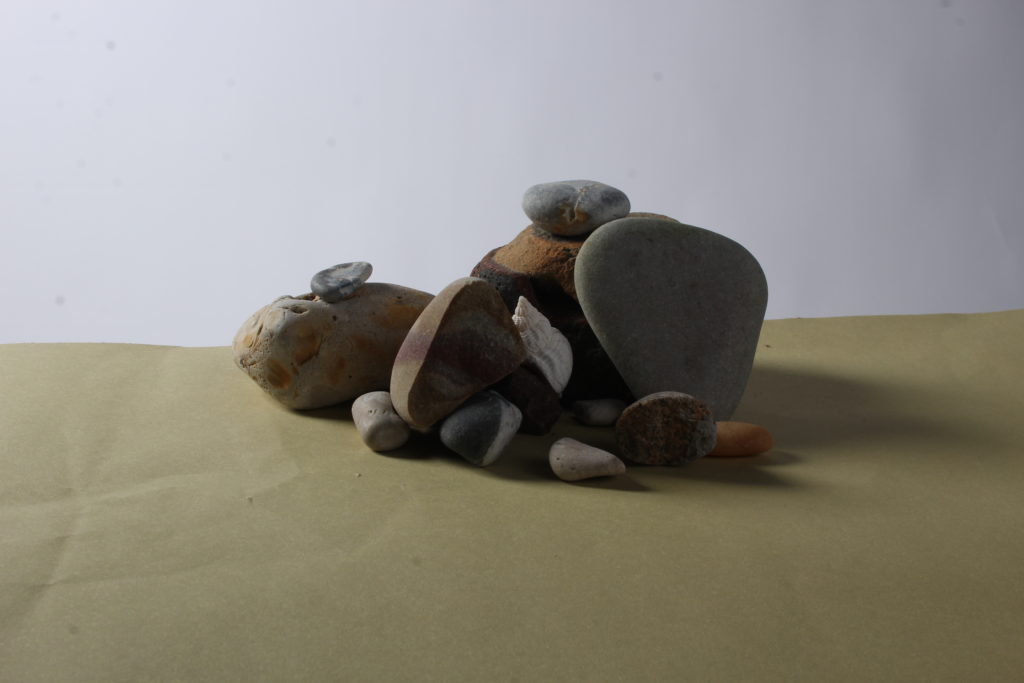
For example in the left photo, there was a larger aperture used, which gives more attention to the image that is closes to the camera. It gives it a sharper focused look. Whereas the photo on the left is used with a slightly smaller aperture where the camera focuses on the whole of the image rather than one picture.
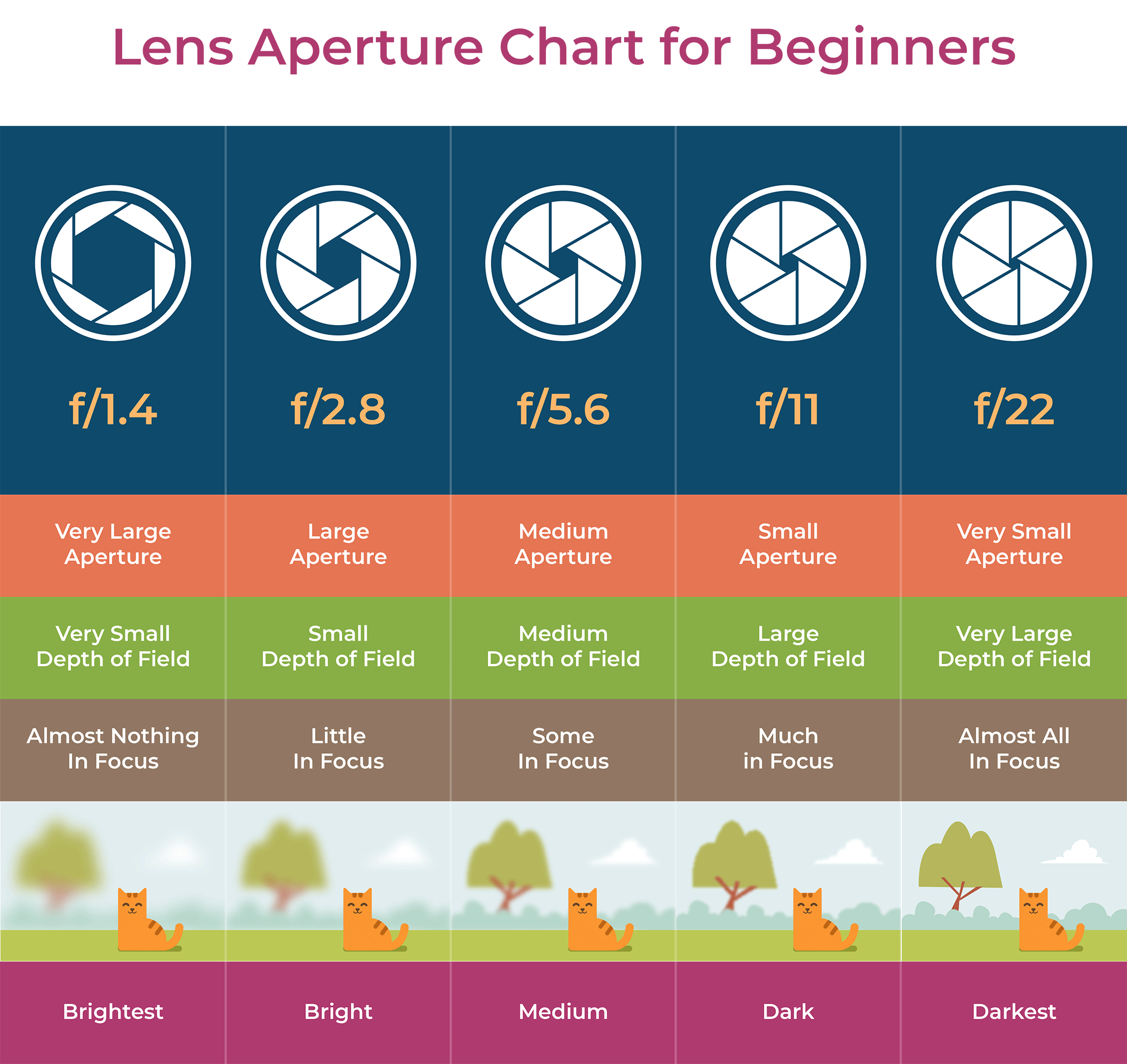
This could also be known as depth of field, which is the distance between the nearest and furthest objects giving a focused image. This can create much more eye catching images as it can make a specific object look much sharper, and giving it more of the attention than the objects around it in the background, while bringing out details within the object it is more focused on, like the tonality.
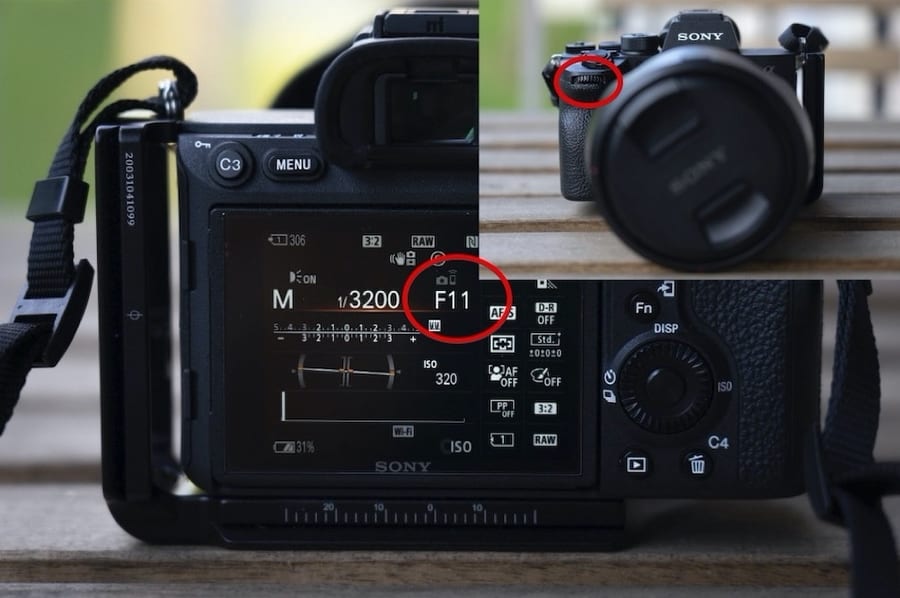
In order to change the option on your camera of the Aperture, it is visually seen as “F–“. With a scrolling option at the front of the camera as seen in the image, which allows you to have a higher or lower aperture option.

This is an example of me picking specific images from Lightroom by holding down “shift” and pressing “P” to select the ones I want to use, and “X” for the images I do not want to use.
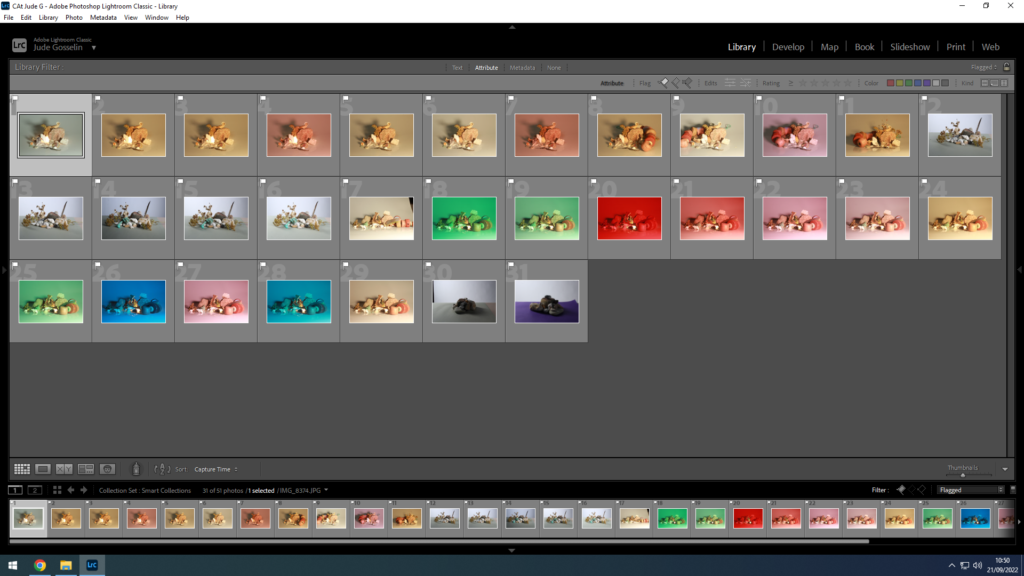
Then, I used an option in the bottom right corner of the print screen in adobe light room called “flagged”, to remove the images I don’t want to use.
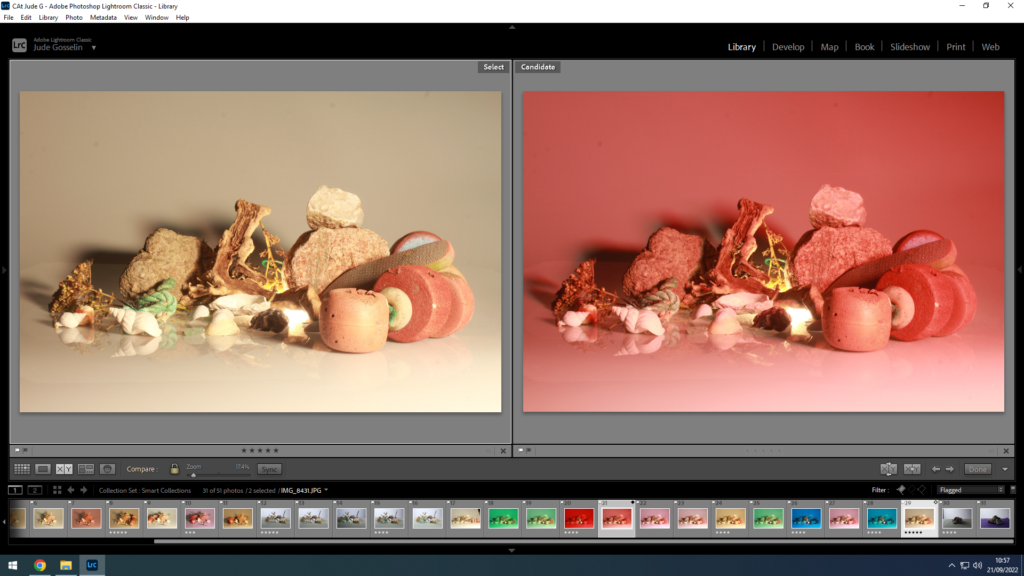
This is how you can compare images. There is also a tool that enables you to zoom into the picture you want to, and it does this on both images which allows you too see what camera options where used. You can also use star ratings on specific pictures you preferer to use by using the numbers 1-5.
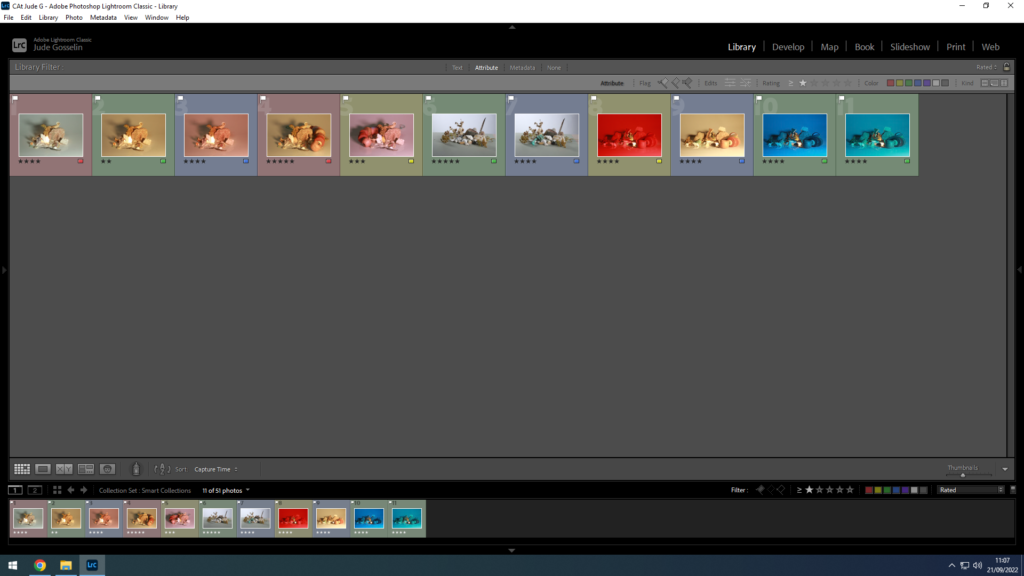
By using colour co-ordination by using numbers 6-9, you can highlight specific pictures with which ever colour you want, which you can use as a key for specific pictures.
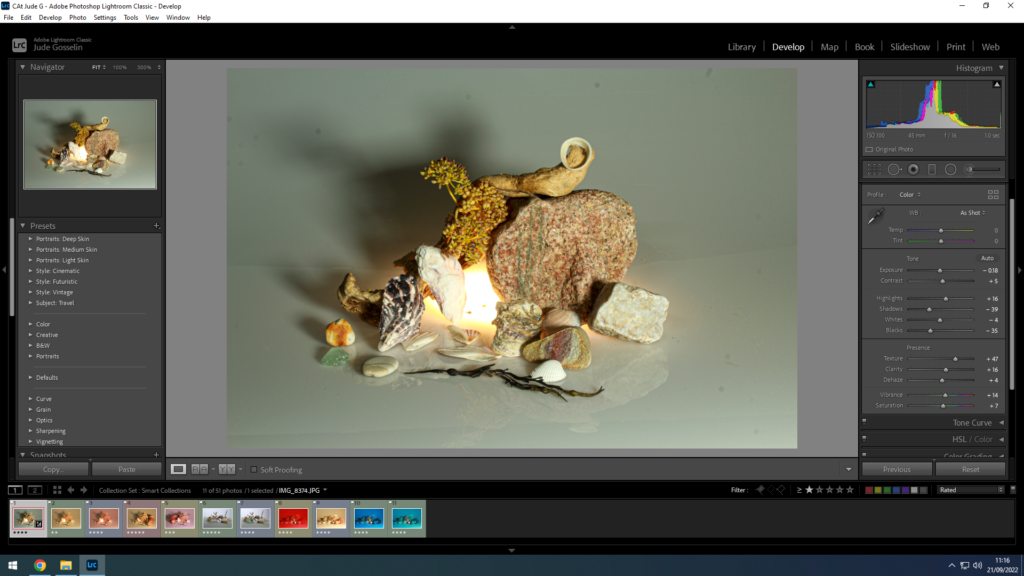
There are also options in “develop” modes which allows you to edit your pictures to very specific details, and to adjust the image to how you want it to look.
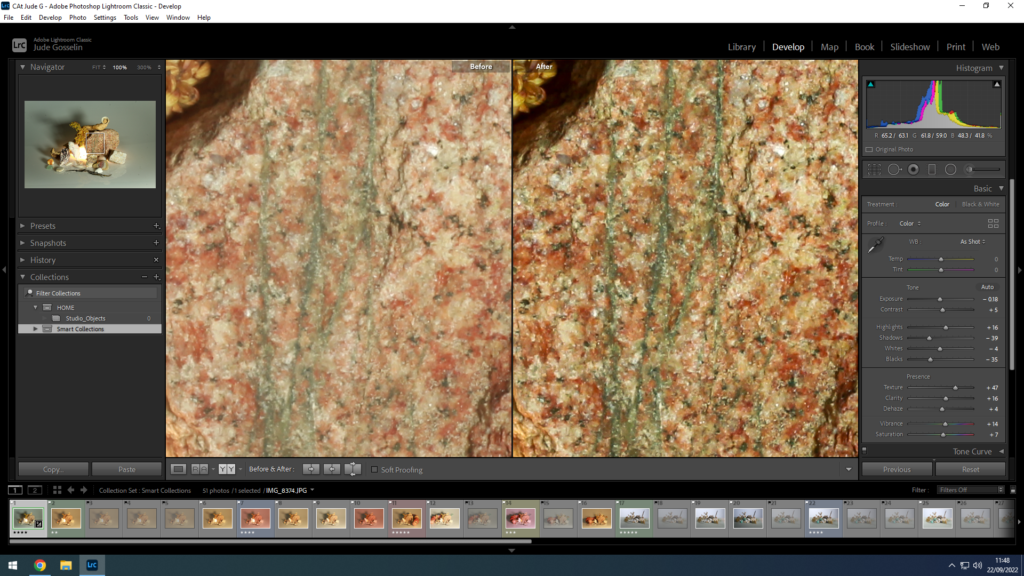
Adobe light room also allows you to compare an image after you have edited it, (before and after). This is an example of one of my images that I edited, to make it look sharper and cleaner.
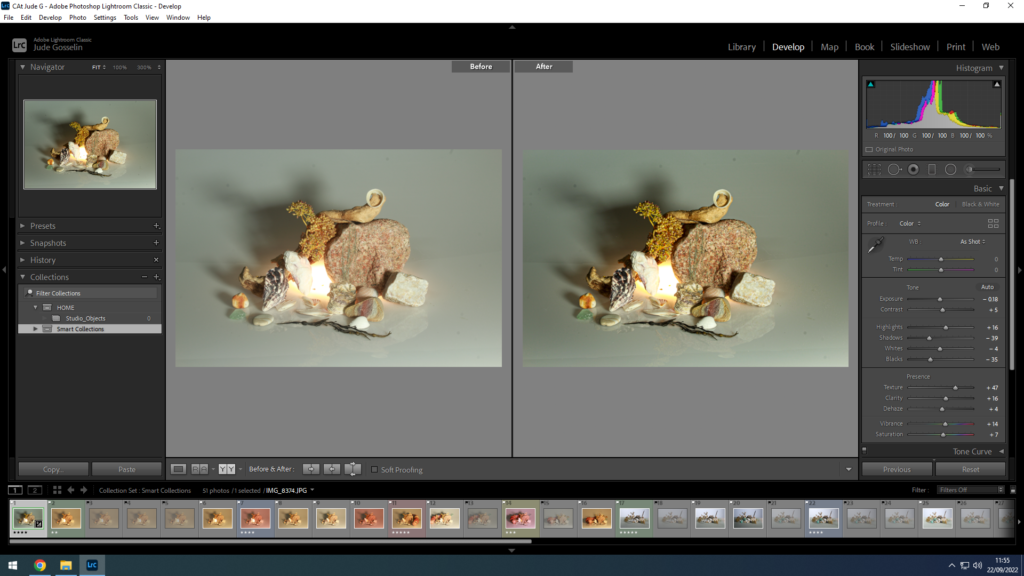

This allows you to export images into a file that allows you to separately save an image.
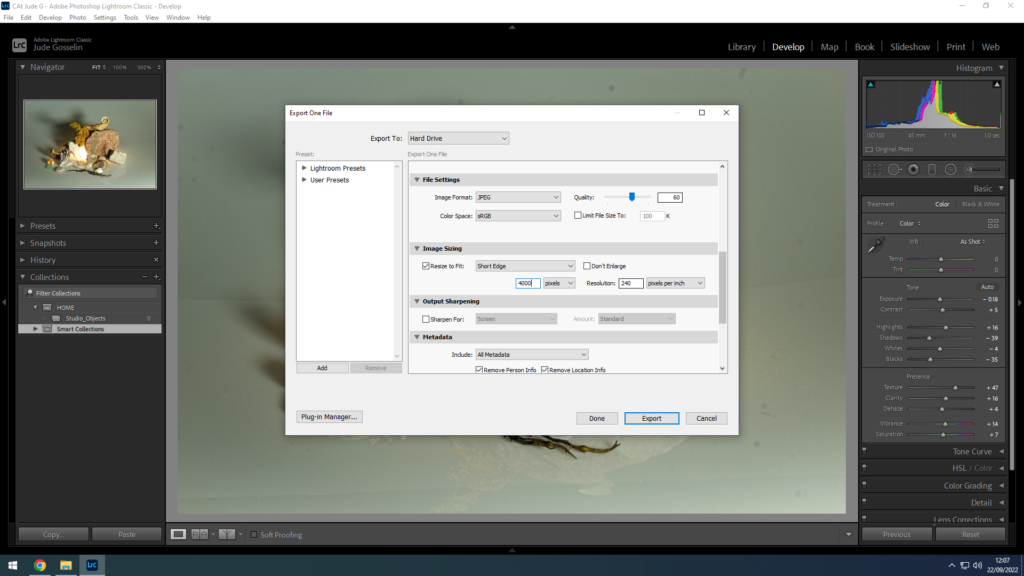
This is me saving the image again but with a larger pixel size, allowing me to print the image out, and copy the image into the blog separately.
What is a Shutter on a camera?
The shutter is commonly at the front of a camera, and is used to capture specific timing exposures when taking a picture. It allows light to pass through the camera for a specific time.
What is shutter speed?
it is exactly what it sounds like. It is the speed at which the shutter closes and opens after you press the button to take a picture. The higher the shutter speed, the shorter exposure time it has to light. And a slower shutter speed the longer exposure the camera has to light.
It is best described that you capture the slice of what is going on during this period where the shutter opens then closes.


During one of my lessons with Mr Coal, the class was told to go outside with 3 balls and a camera. We where told to throw the balls up into the air and take a picture mid air, attempting to capture the balls in a clean line. This was to help us understand how the shutter speed works, and to experiment with different levels of shutter speeds.
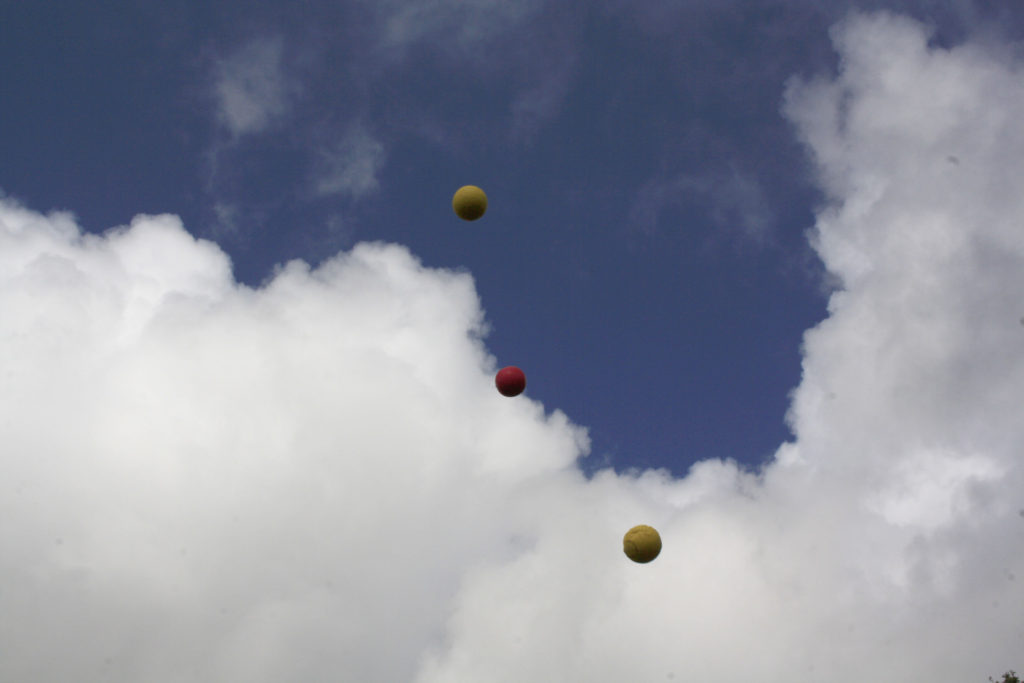
Another Activity we did that day was to act like a boxer trying to dodge the camera while the person behind the camera would attempt to take a picture of you.
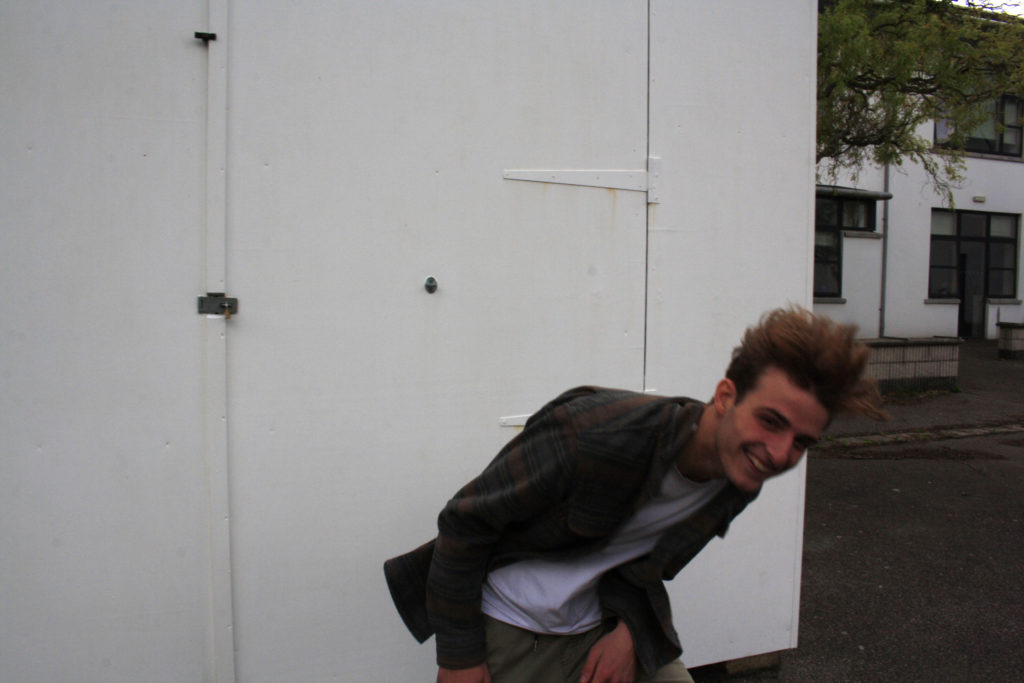
This was attempted at different shutter speeds, as you can see a slight blur.
He is a conceptual artist, known for his photography in his canvas’ during the 1960’s. His work was famous during this period for the blends of photographs and the use of text on his work, for his time he was very smart with what he produced and even how he done it.

The use of layering and how he rearranged his art work, made his pieces stand out compared to others. Not only that but in this picture here it shows the simplicity of his work, and how weirdly cool it is.
Throughout his life he has experimented with many things, such as film making, sculpture creating, and a lot more to do with his right side of this brain.
This is the adjustable lens opening that controls the amount of light allowed into the camera. It allows you basically adjust the depth of field and the sharpness of the picture.

Basically what aperture does is make your photos darker for more of an effect, more depth of field, and allows you to adjust the blur of your picture. Thus is a crucial ingredient within your camera and is necessary.

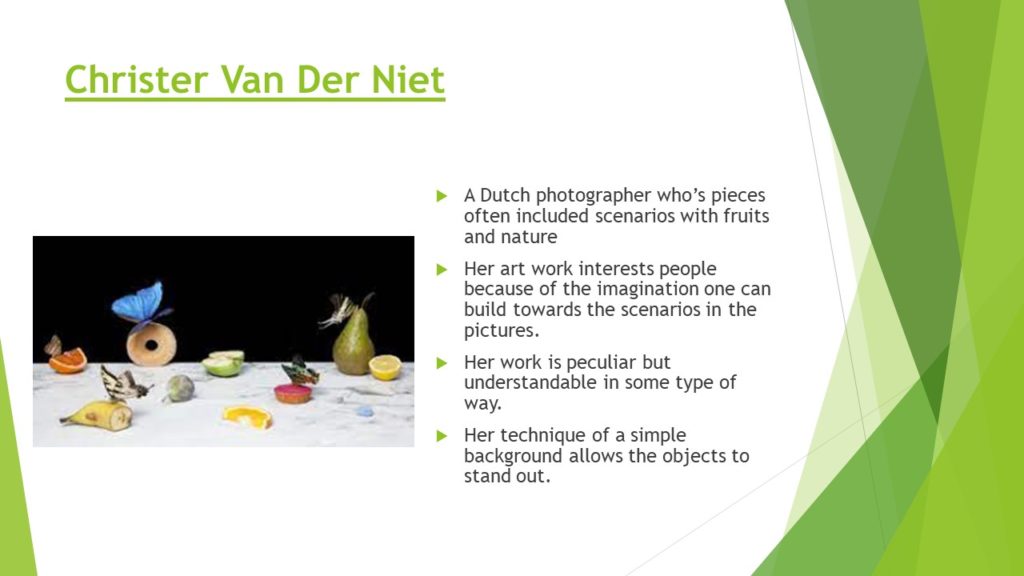

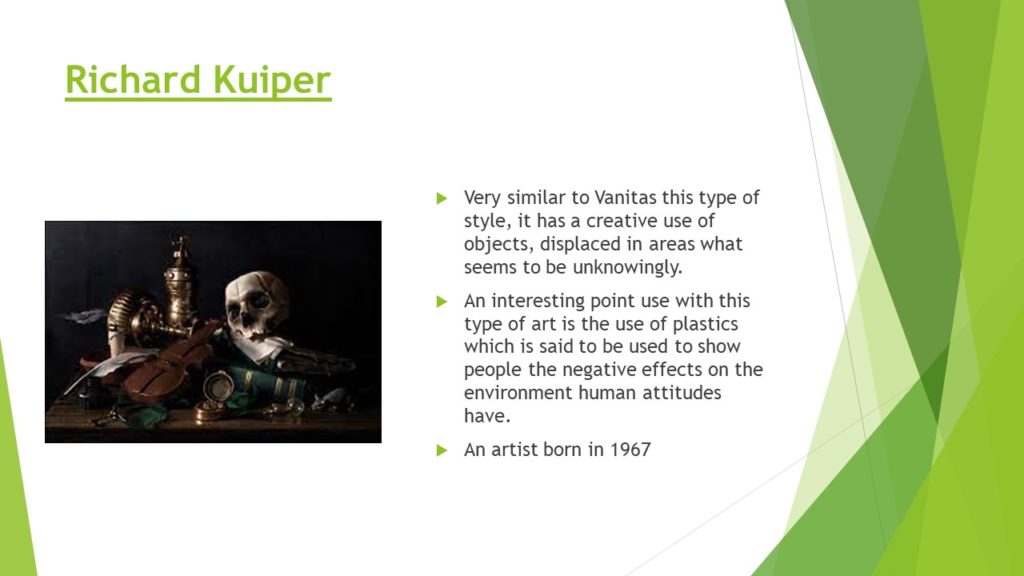





Q1: What is the etymology (origin & history) of the word photography?

Writing with light.
Q2: What year was the first photograph made in camera?
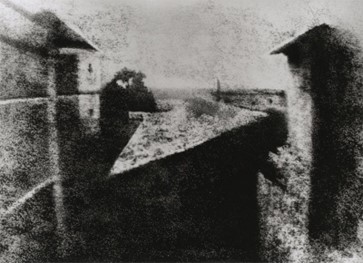
1826 (Joseph Nicéphore Niépce)
Q3: When did the first photograph of a human appear?
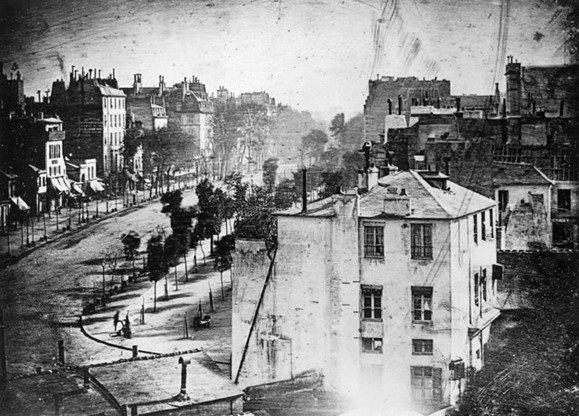
1838 (Louis-Jacques-Mandé Daguerre)
Q4: Who made the first ‘selfie’

Robert Cornelius (1839)
Q5: When did the first colour photograph appear?
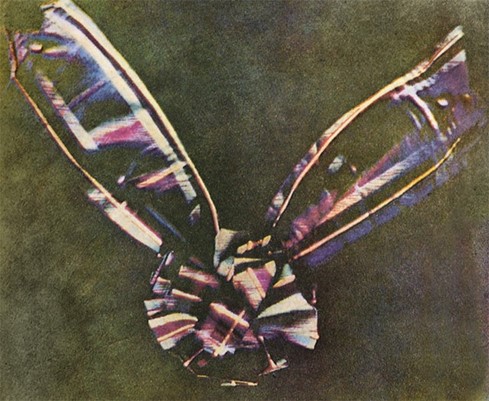
1861 (James Clerk Maxwell)
Q6: What do we mean by the word genre?
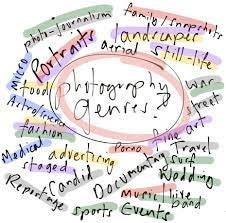
A style or category of art
Q7: What do we mean by the genre of still-life?

An image that shows inanimate objects from the natural or man-made world.
Q8: What was the main purpose of the Pictorialist movement?

To affirm photography as an art form
Q9: How do we describe the term documentary photography?

An interpretation of reality as witnessed by the photographer.
Q10: What is exposure in photography?

The amount of light that reaches your camera’s sensor.
Q11: What controls exposure on your camera?

Aperture, shutter speed, ISO.
Q12: What control on our camera records moving objects?

Shutter
Q13: How do we explain depth of field?

How much of your image is in focus.
Q14: What factors affect Depth of Field?

Lens aperture, distance from camera to subject, and lens focal length.
Q15: What is composition in photography?

The arrangement of visual elements within the frame.
Q16: What is your understanding of aesthetics in art?

It is subjective and in the eye of the beholder.
Q17: What are contextual studies in photography?

To provide historial, cultural and theoterical understanding of images.
Q18: How many images are captured on average every day worldwide?

4.7 billion
Q19: Which portrait is the most reproduced in the world?

Queen Elizabeth II